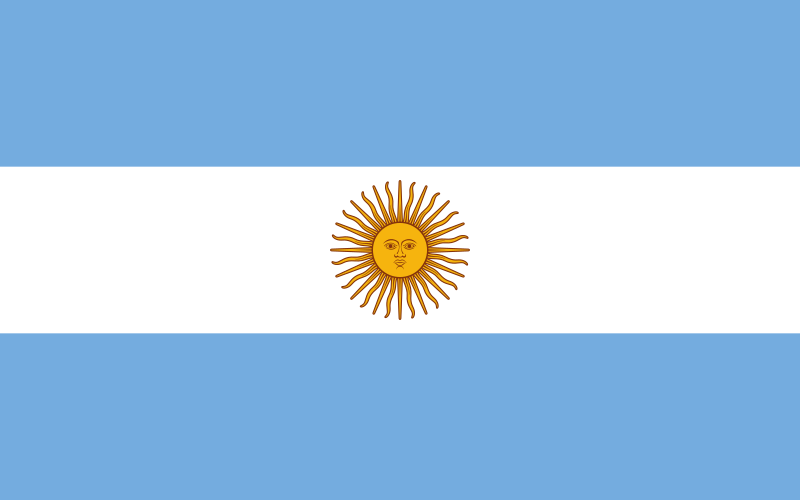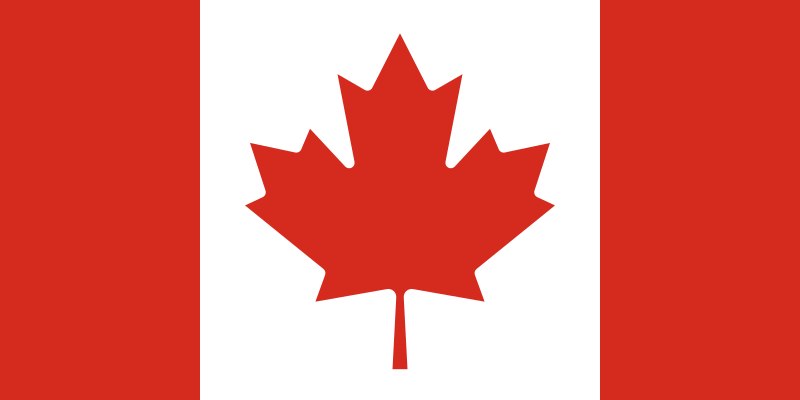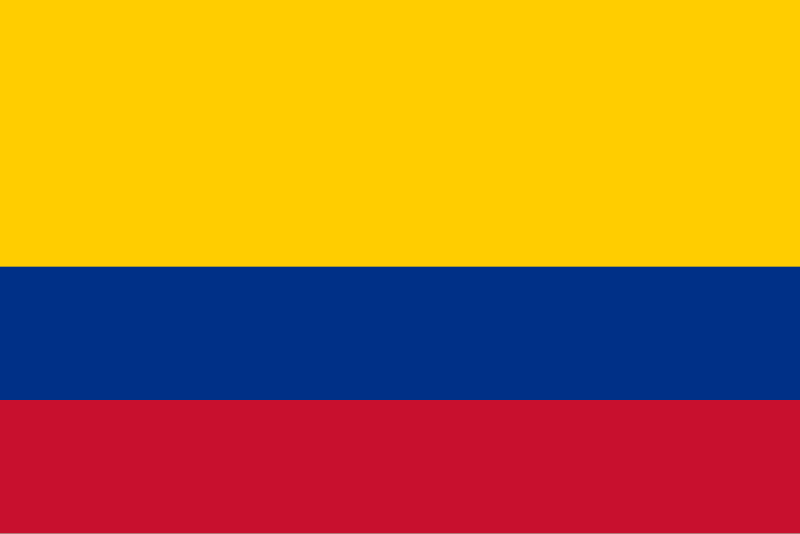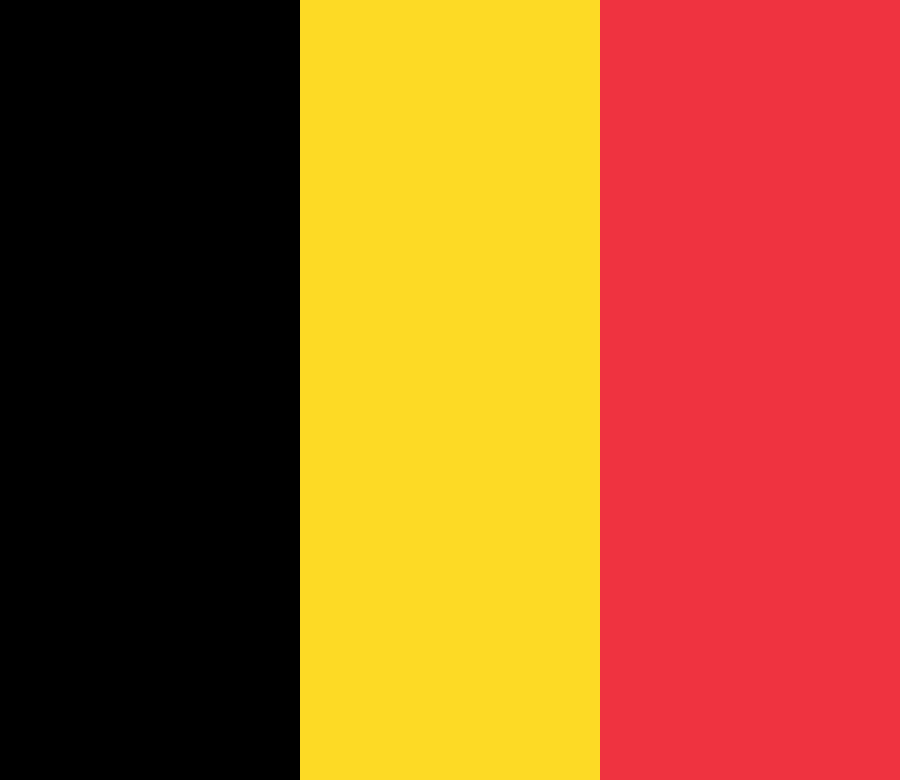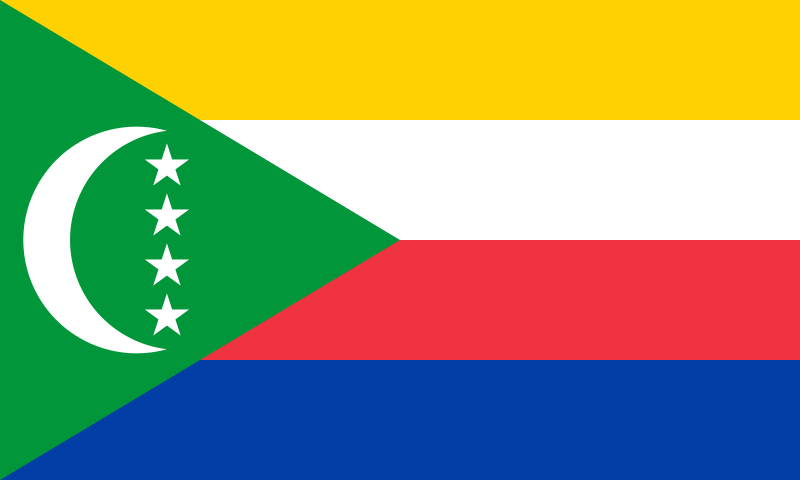Denmark, a Scandinavian country in Northern Europe, is renowned for its rich history, modern design, and high quality of life. From the charming streets of Copenhagen to the serene countryside and historic castles, Denmark offers a unique blend of old-world charm and contemporary sophistication. This article overviews Denmark, covering its history, culture, top destinations, and practical travel tips.
1. A Glimpse into Denmark’s History

Denmark’s history is a story of Vikings, monarchy, and social progress.
- Viking Era: Denmark’s history dates back over a thousand years, with the Viking Age (circa 800-1050 AD) being one of its most significant periods. The Vikings were seafaring warriors and traders who left a lasting impact on Europe and beyond. Denmark was at the heart of the Viking world, and remnants of this era can be found throughout the country.
- The Danish Monarchy: Denmark boasts one of the oldest monarchies in the world, dating back to the early 10th century. The monarchy played a central role in shaping the nation’s identity and remains an important symbol of Danish heritage today.
- Modern Denmark: In the 19th and 20th centuries, Denmark underwent significant social and political changes, including the adoption of a democratic constitution in 1849. Denmark’s involvement in World War II, where it was occupied by Nazi Germany, is a poignant chapter in its history. Today, Denmark is known for its strong welfare state, progressive values, and leadership in sustainability.
2. Danish Culture and Way of Life

Danish culture is characterized by a deep sense of community, simplicity, and a love for design and innovation.
- Language: The official language of Denmark is Danish, a North Germanic language. Most Danes speak excellent English, making it easy for travelers to communicate.
- Hygge: One of the most famous aspects of Danish culture is hygge, a concept that embodies coziness, comfort, and contentment. Hygge is about enjoying the simple pleasures of life, whether it’s a warm cup of coffee, time spent with loved ones, or a peaceful evening by the fireplace.
- Design and Architecture: Denmark is a global leader in design and architecture, known for its minimalist and functional style. The influence of Danish design is seen in everything from furniture (think Danish Modern and brands like IKEA) to urban planning and architecture, with landmarks like the Sydney Opera House, designed by Danish architect Jørn Utzon.
- Cuisine: Danish cuisine has gained international recognition, particularly with the rise of New Nordic Cuisine, which emphasizes fresh, local, and seasonal ingredients. Traditional dishes include smørrebrød (open-faced sandwiches), frikadeller (meatballs), and rødgrød med fløde (a red berry pudding). Denmark is also home to some of the world’s best restaurants, such as Noma in Copenhagen.
3. Currency and Practical Information
The official currency of Denmark is the Danish Krone (DKK). Denmark is not part of the Eurozone, so it’s essential to have local currency on hand, although credit cards are widely accepted.
Travel Smarter, Pack Better

Experience a carry-on built for travelers who value durability and sleek design. Its hard-shell exterior keeps your belongings protected wherever you go.
Move through airports with ease thanks to smooth 360° spinner wheels and a lightweight frame. Every detail is crafted to make travel feel effortless.
With smart interior compartments, this suitcase helps you stay organized on weekend trips or long adventures. Reliable, stylish, and ready for every journey.
4. Best Time to Visit Denmark

Denmark’s temperate climate makes it a pleasant destination throughout the year, though the experience varies with the seasons.
- Summer (June to August): Summer is the peak tourist season in Denmark, with long daylight hours and warm weather. It’s an excellent time for outdoor activities, festivals, and exploring the Danish countryside and coastal areas.
- Spring (March to May) and Fall (September to November): These shoulder seasons offer mild weather, fewer tourists, and beautiful natural scenery, particularly in the countryside and parks. Spring brings blooming flowers, while fall offers colorful foliage.
- Winter (December to February): Winter in Denmark is cold and dark, but it’s also the perfect time to experience hygge. Christmas markets, cozy cafes, and the possibility of snow make it a magical time to visit. However, be prepared for shorter daylight hours.
5. Top 5 Destinations in Denmark
Denmark offers a diverse array of destinations, each with its own unique attractions and charm.
1. Copenhagen
Copenhagen, the capital, is a vibrant city known for its historic sites, modern design, and lively cultural scene. Visit the Nyhavn harbor, the iconic Little Mermaid statue, and the historic Tivoli Gardens amusement park. The city is also a cyclist’s paradise, with extensive bike lanes and bike-friendly infrastructure.
2. Aarhus
Aarhus, Denmark’s second-largest city, is a cultural hub with a rich history and a youthful vibe. Explore the Aarhus Art Museum (ARoS), the open-air Den Gamle By museum, and the modern waterfront. Aarhus is also known for its vibrant food scene, with numerous cafes, restaurants, and food markets.
3. Odense
Odense, the birthplace of Hans Christian Andersen, is a charming city filled with fairy-tale charm. Visit the Hans Christian Andersen Museum, stroll through the old town, and enjoy the city’s parks and gardens. Odense is also a gateway to the scenic island of Funen.
4. Skagen
Skagen, located at the northern tip of Denmark, is known for its stunning landscapes and unique light, which has inspired many artists. The town is famous for the Grenen sandbar, where the North Sea and the Baltic Sea meet, as well as the picturesque Skagen Lighthouse.
5. Roskilde
Roskilde is a historic city best known for its Viking heritage and the Roskilde Cathedral, a UNESCO World Heritage site and the burial place of Danish kings and queens. The Roskilde Viking Ship Museum is a must-visit for history enthusiasts. The city also hosts the Roskilde Festival, one of Europe’s largest music festivals.
6. Things to Do in Denmark
Denmark offers a wide range of activities, from exploring its historical sites to enjoying the great outdoors.
- Explore Danish Castles: Denmark is home to numerous castles, including the magnificent Kronborg Castle (immortalized as Elsinore in Shakespeare’s Hamlet) and the picturesque Frederiksborg Castle.
- Cycling: Denmark is one of the most bike-friendly countries in the world. Renting a bike is a great way to explore cities like Copenhagen or venture into the countryside.
- Visiting Museums: Denmark has a wealth of museums, including the National Museum of Denmark in Copenhagen, the Louisiana Museum of Modern Art, and the Viking Ship Museum in Roskilde.
- Enjoying Danish Beaches: Denmark’s coastline is dotted with beautiful beaches, particularly along the west coast of Jutland and the island of Bornholm. These beaches are perfect for swimming, sunbathing, and water sports.
- Experiencing Danish Festivals: Denmark hosts a variety of festivals throughout the year, including the Copenhagen Jazz Festival, Aarhus Festival, and the Skagen Festival. These events offer a great way to experience Danish culture and music.
7. Practical Tips for Travelers
- Visas: Denmark is part of the Schengen Area, so travelers from EU countries and many other nations can enter visa-free for up to 90 days.
- Transportation: Denmark has an excellent public transportation system, including trains, buses, and ferries. The country is also very bike-friendly, making cycling a convenient and enjoyable mode of transport.
- Health and Safety: Denmark is one of the safest countries in the world, with a high standard of healthcare. Tap water is safe to drink, and the country has a low crime rate, though it’s always wise to take basic precautions.
8. Why Denmark Should Be on Your Travel List

Denmark offers a unique blend of history, culture, and natural beauty that makes it a must-visit destination. Whether you’re exploring the cobblestone streets of Copenhagen, cycling through scenic landscapes, or experiencing the warmth of Danish hospitality, Denmark promises an unforgettable travel experience. Its commitment to sustainability, innovative design, and the concept of hygge make it a special place to visit.


